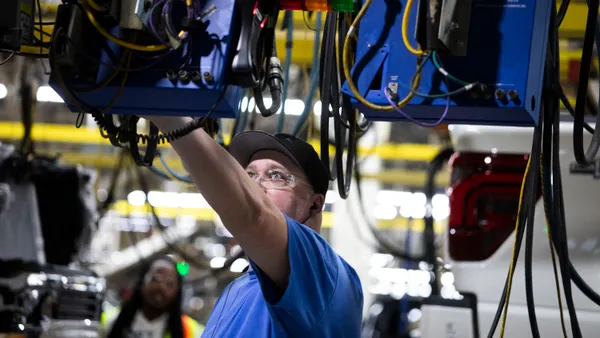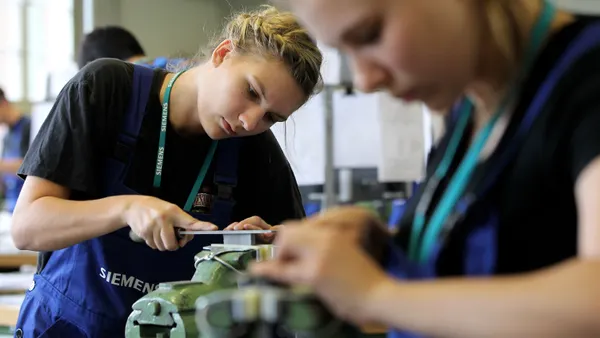Dive Brief:
-
Nick Morrison, contributor for Forbes, writes about research conducted by Paul Kelley, honorary research associate at Oxford University, that shows students who take regular breaks from studying tend to retain information better. Spaced learning gives the brain time to embed the information using the brain’s own neurons.
-
Kelley and partners at UK-based University of Surrey Business School studied 600 business students who were divided into 3 test groups and presented with the same learning material, but in different learning formats (lectures, self-directed, and spaced learning).
-
The spaced learning group of students recalled 20% more than the students in the traditional group and 23% more than the students who were exposed to the coursework via self-learning. Such a learning technique has high potential to be used by employers.
Dive Insight:
Experts have been trying to discover to the secret of the best formats for young adult learners for years. Professor Andy Adcroft, who is the head of Surrey Business School, told Forbes that “the results showed that spaced learning could be more effective than traditional methods in getting students to understand key concepts.” Kelley agreed that spaced learning has great potential, not only in traditional education settings, but also in business learning and development.
The study revealed that not only do learners who give their brains time to absorb the information retain more information, using the natural neural processes that all human beings possess, but that spaced learning helps students score higher on tests. As much as 13% higher than instructor led learners and 19% higher than self-directed learners.
Interestingly enough, traditional learners only remembered 78% of the material presented in the first half of an hour-long lecture, but by the second-half, they only remembered 22%. This suggests that shorter lectures are more effective for student recall. What this means for those involved in the expanding adult learning market is that shorter lessons, with frequent breaks and creative activities, are the most effective way of ensuring that learners get the most from their learning experience.
That trend has been reflected in many of the learning market's newer tech offerings, which are more than ever focusing on highly-accessible, short-burst training modules.













